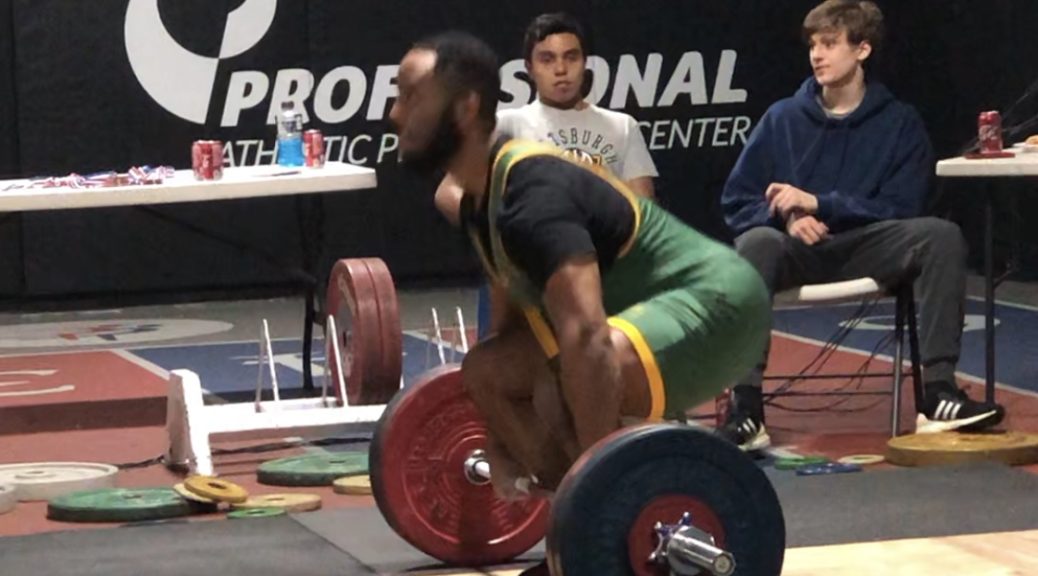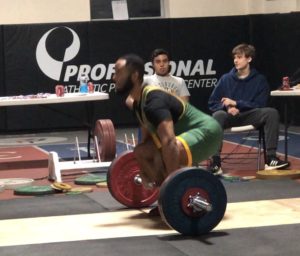Part I
You may have heard the phrase, “Playing lotto is not a financial plan.” It makes sense, right? So why do people still gamble? Maybe it’s the thrill. Maybe it’s laziness and simply a poorly planned shortcut. It can be both. What does this have to do with weightlifting?
Look at it this way. Gambling is working out without a plan, or possibly making the plan yourself. Investing is finding the right person to program for you. There are some who can write a program for themselves that are quite successful at it. I believe these are outliers. I’ve been coaching for many years and have written programs for myself that did help me to improve. But, was my training optimal? Despite being a DIY guy, I’ve come to terms with the knowledge that I shouldn’t do everything for myself. Look at it this way. If you’re in a relationship, your emotions and ego cloud your thinking and there’s a good chance you’re going to misread something and approach a problem the wrong way. However, you can objectively look at your friend’s relationship and see exactly what they may be doing wrong. That objective perspective is priceless. You may have heard the saying, “A man who represents himself in court has a fool for a lawyer.” The same goes for coaching.
Here’s where the investment comes in. I don’t mean the cost involved in working with a good coach. Although, you should recognize the value a good coach will bring to your life. I’m talking about “buy in.” This is about investing your time, your effort, and most importantly your trust in your coach. Trust that your coach has your best interest at heart and sees what you need to keep you on a successful path. Once you’ve established that trust, now you need to put in the time and effort to make this partnership work. The Coach/Athlete relationship is a partnership with the goal of making the athlete better. A perfect program (if that unicorn exists), is useless if the athlete doesn’t believe in it. If you don’t believe in what you’re doing, how much effort do you really put into it?
Ok, you’ve listened. You’ve found a great coach. Now what? Communicate! Your coach needs to know what’s going on in your head, not just what they see. They should be doing their best to explain what they want you to do. You should be doing your best to let them know what you feel is working, not working, painful, mentally taxing, scary… Lifting can be more mental than physical. Knowing where you are mentally, will help your coach properly prepare you to progress.
You want to be better, right? Don’t gamble. Invest!

